It’s been raining a lot this Spring. It was a long crappy winter, and the Spring was no better. Recently we’ve had some lovely days, but today it is raining. Again.
I know, we need the rain, water is precious, etc etc. Lots of people love a rainy day, yadda yadda. I get it. I’m just not one of them. Dark, cold, rainy days disagree with me. My body feels tired and aimless. I just want to eat, read, and sleep. Sunny days brighten me up and I actually want to do things–real things, like walk around and dance.
I kinda feel this way about Improvisation and Choreography, too.
Improvisation is fun for me, engaging, curious, and invigorating. Memorizing choreography, making everything exactly the same every time? Not so much. I mean, strict choreography is great, and encompasses much wonderful art; it’s just not my thing.
So I am really grateful to have found Oriental Dance, where improvisation is a core, valued skill. Artistic agency, different every time, the feeling in the moment, all that jazz. Right?
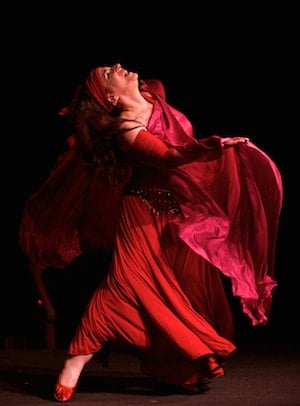
So, um… Why is so much belly dance choreography?
The short answer is, Western dance values. Since most folks lack access to the cultural values of Oriental dance, we just paste our own cultural values on top of the dance. Immersed in a culture informed by ballet and the Rockettes, we assume that precision and strict choreography are the way to go.
But belly dance is Eastern. It has completely different values. Setting this straight is part of why I wrote Midnight. But it also drives the way I teach.
How to teach Improvisation?
I focus on improv from the very beginning. Oriental dance is improv-based. Yes, I also teach technique, folks need to know the basic vocabulary AND how to adapt it to express the music. But even if I’m teaching a one-hour intro class, there is improv. I’d rather see folks have fun to music than struggle through some combo.
So how do I do this?
I make my classes fun. These are live beginner classes we are talking about right now. I start an upbeat improv warmup, and then slow it down for basic vocabulary practice, and include a Dancemeditation sequence. I also talk about the dance and its cultural values, so folks understand what and why we do these things.
After a while, I intro combinations, which I prefer to choreo for beginners. In Bobby Farrah’s classes, we had a different combination every class, and they were challenging–but in this way we learned very fast how to combine and transition between movements.
If I do a choreo w beginners (after several months have passed), THEY choose the movement. Dina recently specified beginners should not touch choreography for at least two years, so, yeah, I’m jumping the gun ; ). And these dances also include improv sections where each dancer gets to play.
For the in-depth, forum-based course, Effortless Improvisation, we get very deep into a variety of strategies to help dancers build confidence and let go of thinking and self judgement so they can enjoy their own dance. Each week we have new strategies. This stuff maybe offbeat, but it works.
The core of the course practice and accountability. The practice is a daily (M-F) 20-minute session of freestyle improvisation. This is where the the strategies show up and make a difference. The accountability is daily (M-F) posting of practice, how it went, how you felt, and so forth–and I give students feedback and coaching every day, tuned to their specific needs.
Students also cheerlead each other. We have small groups, so it is easy to keep track of just a few people, to encourage, congratulate, and commiserate. We have clear guidelines and maintain a positive environment so everyone feels safe and cherished. This is how you run an effective online course. And students agree.
What do people say about this?
This course dives deep into finding personal style and preferences. It approaches the wide spread concept that improv is difficult, filled with moments of dread, panic, and fear of looking boring or just not knowing what to do next. It is definitely a “soft skill” class, where “hard skills” are moves, combos, & choreos. This is about how to dance by finding confidence, how to convey emotion by MEANING it, how to string movements together because they FEEL right. The course is about the art behind the dance.
Brenda G
I feel much more confident about my dancing–even though I have “only” belly danced for 2 years and danced period for about 6 years!Actually, I don’t really feel like a “newbie” anymore now. And I know that when I am not having fun dancing it’s because I am trying to “do it right,” so I can remind myself “there are no wrong moves” and let go into the flow of the music. There is also a bit of sadness there, though, that the course is ending because I enjoyed the support I have gotten from Alia and fellow students. It’s amazing what even just a smiley face can do for encouragement.
Rachel B
Dancing with my eyes closed while I practiced. I found it so much easier to breathe, relax and take in the music when I wasn’t also taking in my surroundings or tempted to see how things looked as I danced. When we moved on to homework later that we kept our eyes open, it was much easier to simply dance and not be so concerned with what my eyes might see.
Melissa R
I feel like I get so much more out of Alia’s online intensives than many of the 2 or 3 hour workshops I have attended in person. There is much more time to ask questions and working thru the short homework each day really helps make the material click
I will be teaching a webinar on How to Teach Improvisation for the Belly Dance Business Academy in August (info coming) and Effortless Improvisation, an entire course this fall (still some early bird seats left!), which helps dancers who want to learn AND teachers who want to teach improv more effectively.
Whether you are a student or a teacher, please take the time to explore improvisation. You will find it a wonderfully rewarding enterprise. Oriental dance is a powerful venue for healing and transformation; I explore this aspect in all my classes–and improvisation plays a large part.
With love,
Alia

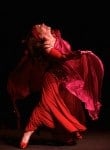
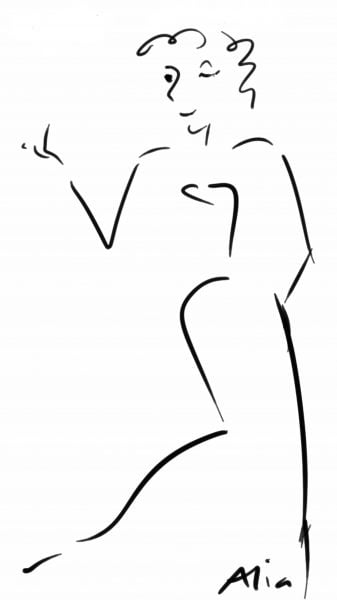
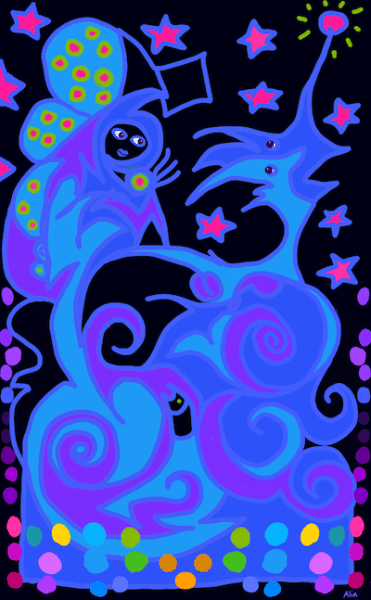
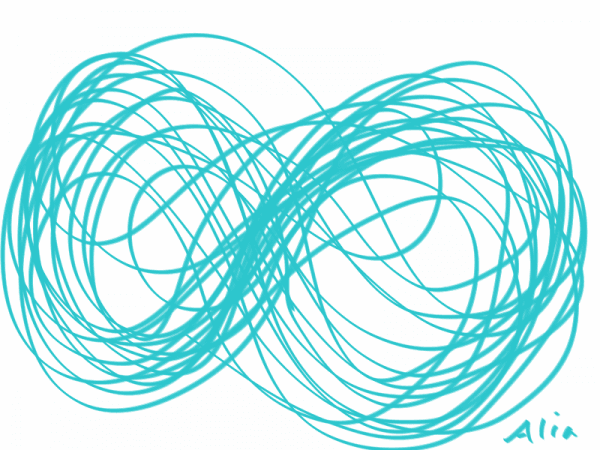
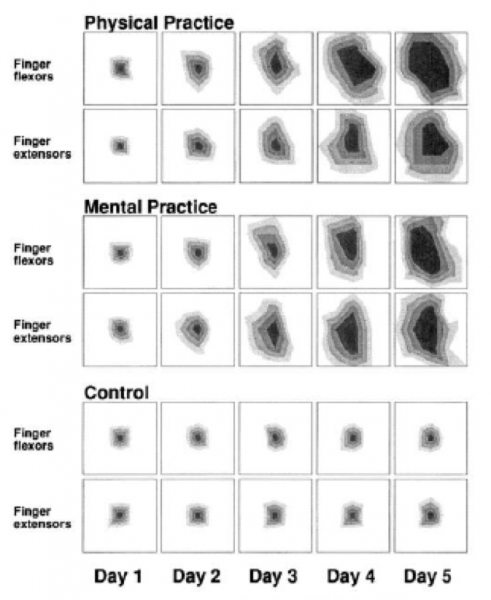
No comment yet, add your voice below!